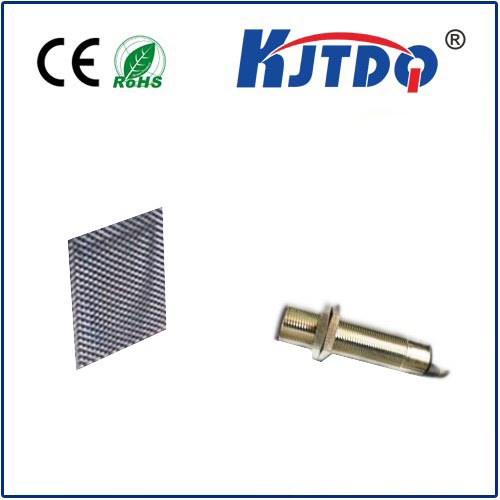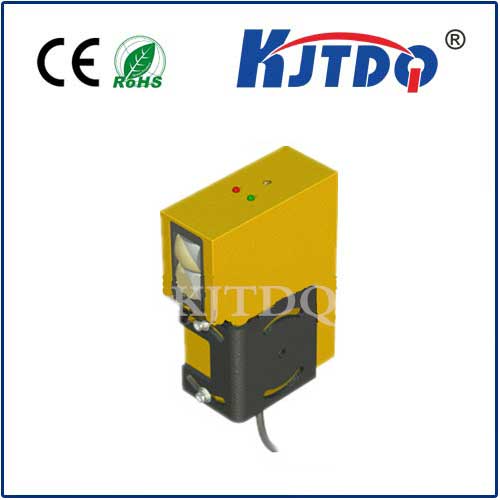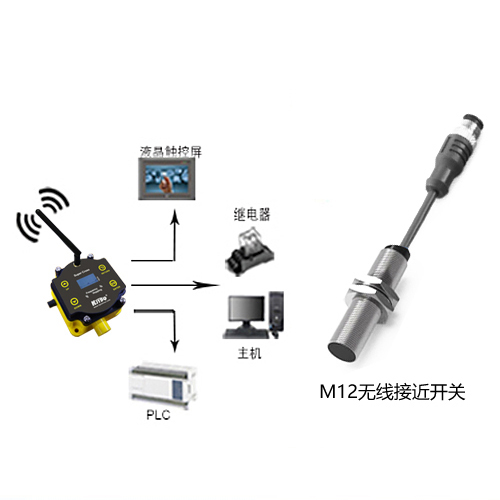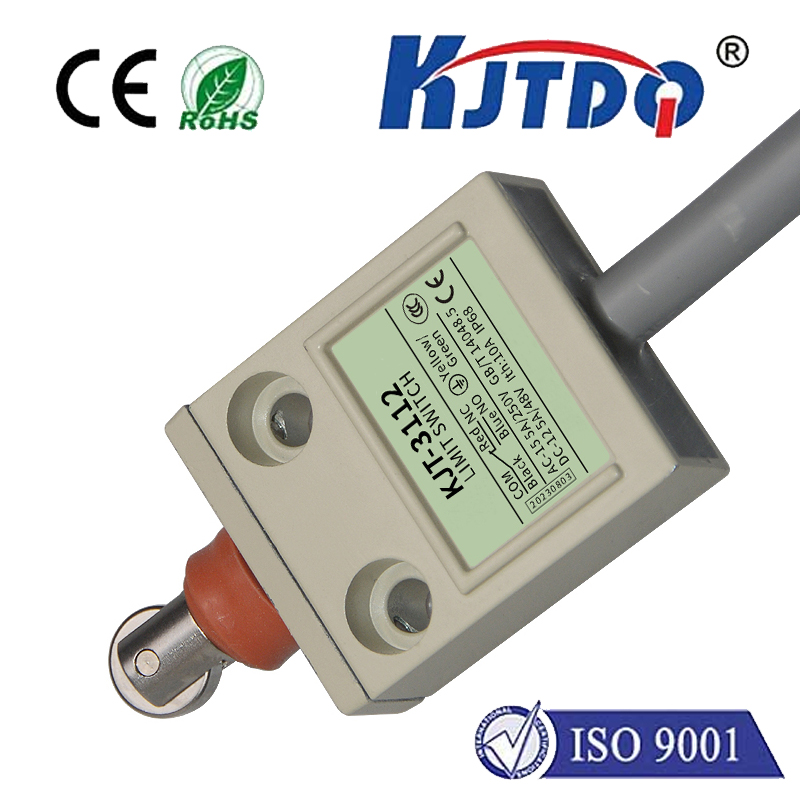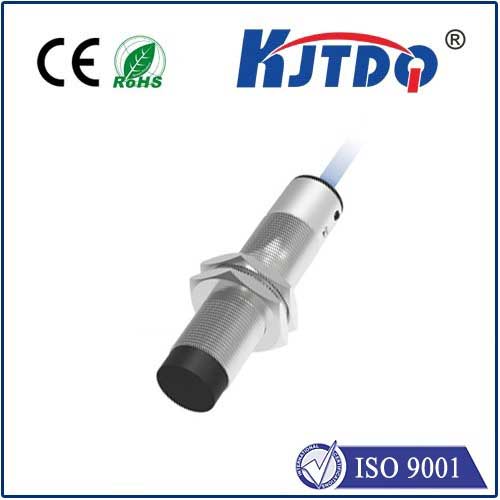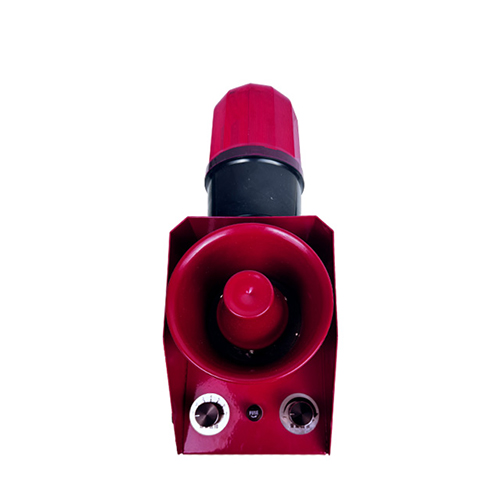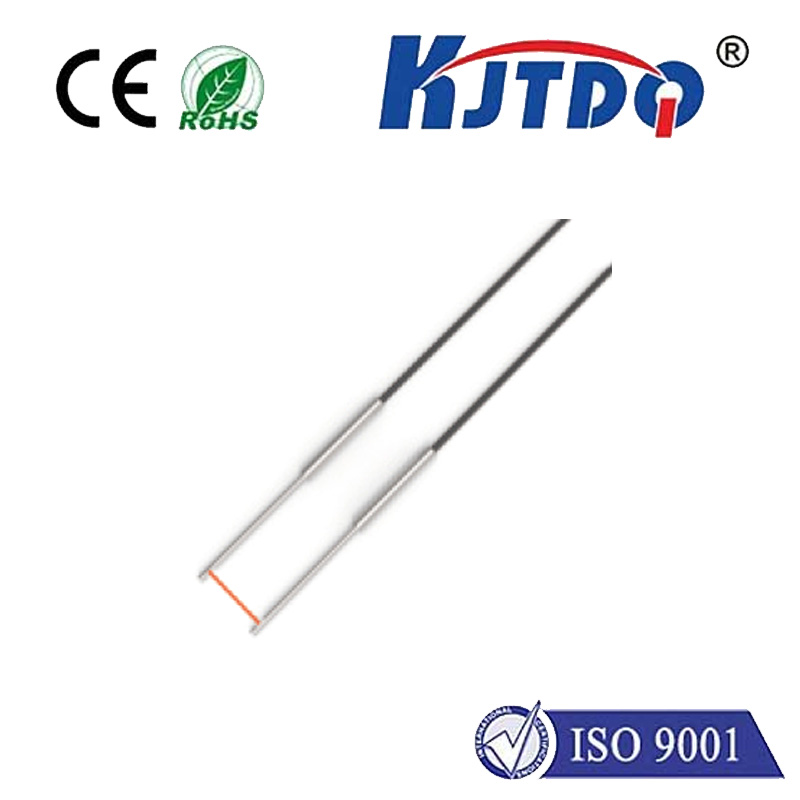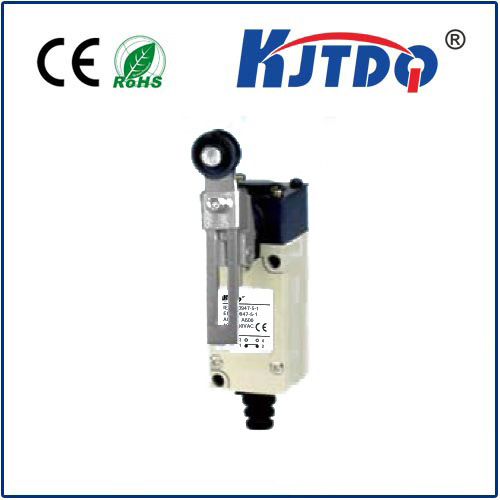

check

check

check

check

check

check

check

check

check

check
Invisible to the casual observer yet fundamental to the precise operation of countless machines, wheel encoder sensors are the indispensable eyes that tell motors and controllers exactly where a wheel is, how fast it’s spinning, and in which direction. From the agile robots navigating warehouse floors to the sophisticated stability systems in modern vehicles and the relentless automation on factory lines, these unassuming components play a critical role in translating physical rotation into actionable digital data. But how do these unsung heroes of motion control actually function, and why are they so vital?
Decoding Rotation: The Core Functionality
At its essence, a wheel encoder sensor is a type of rotary encoder specifically designed to mount on or interact with a wheel’s axle or hub. Its primary mission is to track the angular position, rotational speed, and direction of rotation of the wheel with high precision. This information is fundamental for closed-loop control systems, enabling machines to make informed decisions about movement, speed regulation, and positioning.
These sensors work by generating electrical signals corresponding to the wheel’s movement. The most common methods involve either:
The Critical Distinction: Incremental vs. Absolute Encoders
Wheel encoders fall into two main categories, each with distinct advantages:

Incremental Encoders: These are the most common type used in wheel sensing applications like robotics and simple positioning. They generate a series of pulses as the wheel rotates. Crucially, they feature two output channels (typically A and B) producing signals offset by 90 degrees (known as quadrature output). This quadrature is key:
Speed Detection: The frequency of the pulses directly corresponds to the rotational speed.
Direction Detection: The phase relationship between channel A and B signals tells the controller the direction of rotation (e.g., A leading B indicates clockwise, B leading A indicates counter-clockwise).
Position Tracking (Relative): By counting the number of pulses from a known starting point (an index pulse or “Z” channel, if present), the system can track relative displacement. However, incremental encoders lose position information when power is cycled; they require a homing routine to re-establish a known reference point.
Absolute Encoders: These provide a unique digital code for every single angular position of the wheel shaft throughout a full 360-degree rotation (or even multiple rotations for multiturn versions). This means:
True Position Awareness: The system instantly knows the exact angular position upon power-up, without needing any homing sequence. This is invaluable for safety-critical applications or systems where homing is impractical.
Complex Data Output: Output data is typically provided via serial interfaces (e.g., SSI, BiSS, CANopen) or parallel binary, offering the absolute position directly.
Where Precision Meets Motion: Key Applications
The ability to accurately track wheel motion makes these sensors ubiquitous:
Choosing the Right Sentinel: Factors for Engineers
Selecting the optimal wheel encoder sensor involves careful consideration of the application’s demands:
The Unseen Engine of Controlled Motion
Wheel encoder sensors are far more than simple tachometers. They are sophisticated measurement devices providing the foundational data that enables machines to move with intelligence, precision, and safety. By continuously translating the physical reality of a spinning wheel into digital information – revealing its speed, direction, and position – they empower control systems to perform complex tasks autonomously. Whether guiding a delivery robot through a bustling factory, preventing a car from skidding on ice, or ensuring a conveyor moves at exactly the right speed for packaging, these silent
